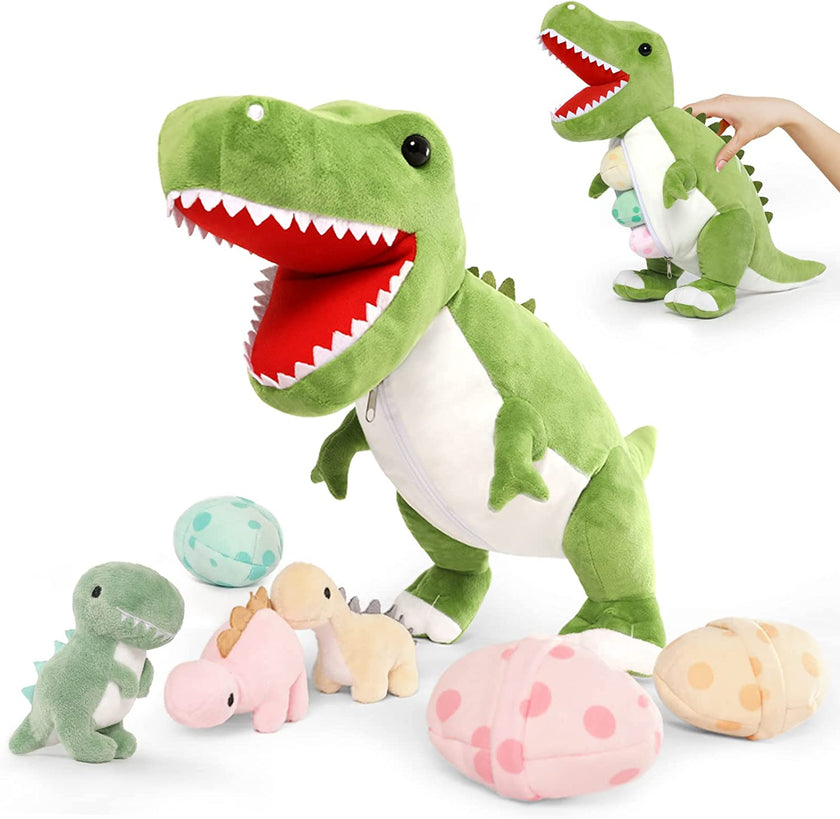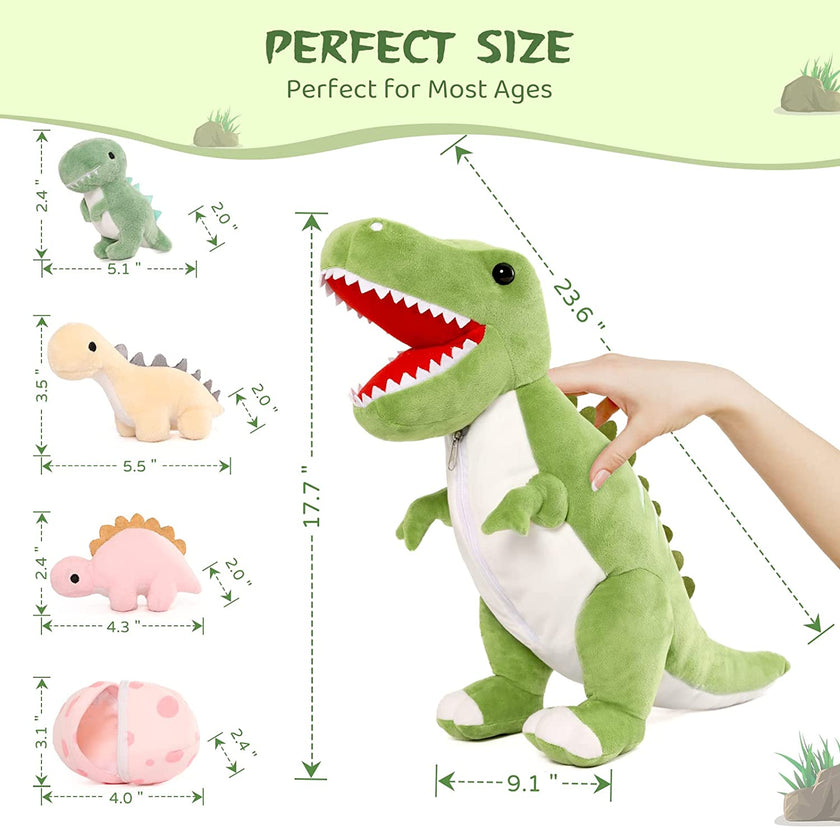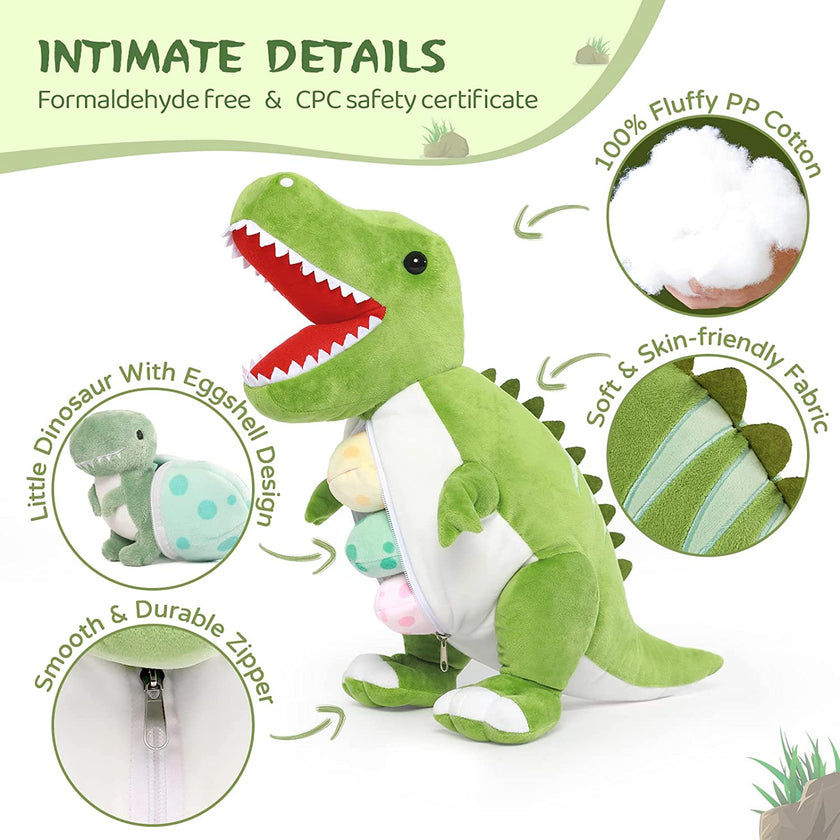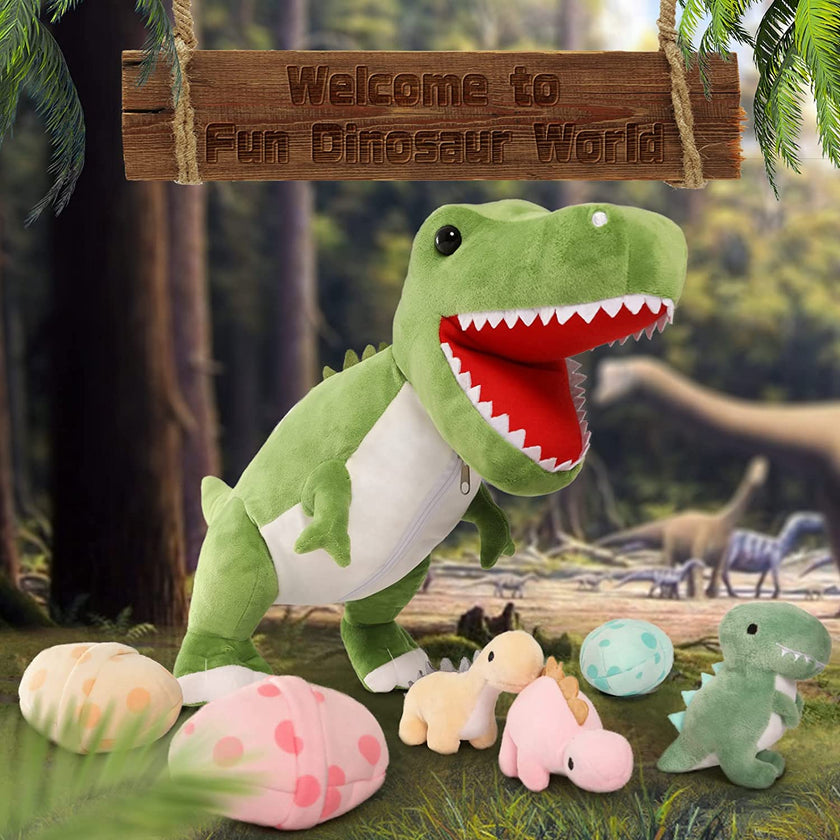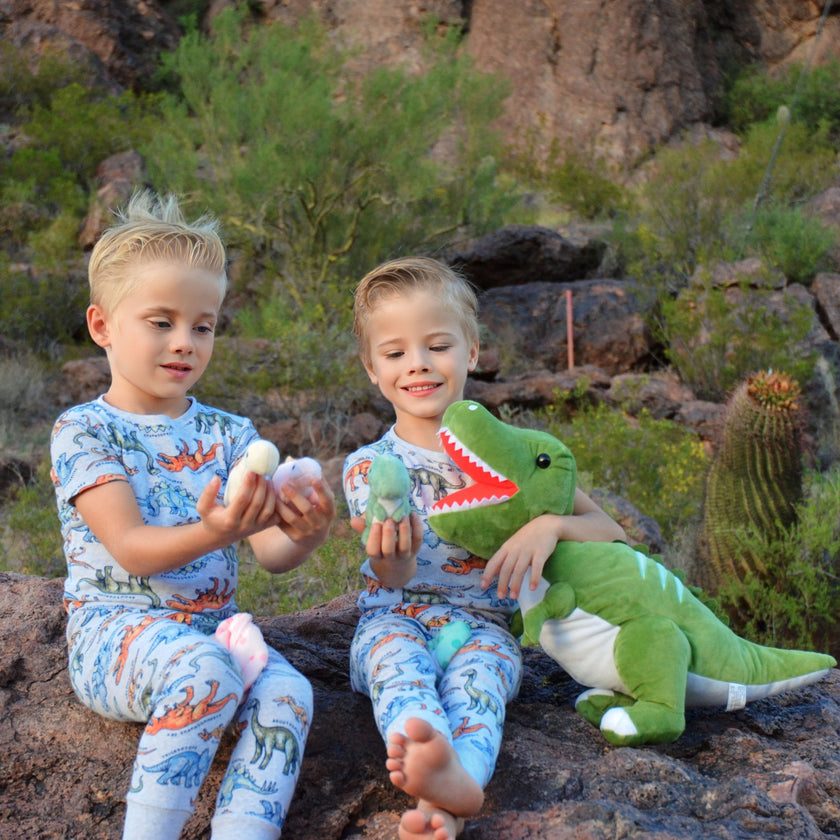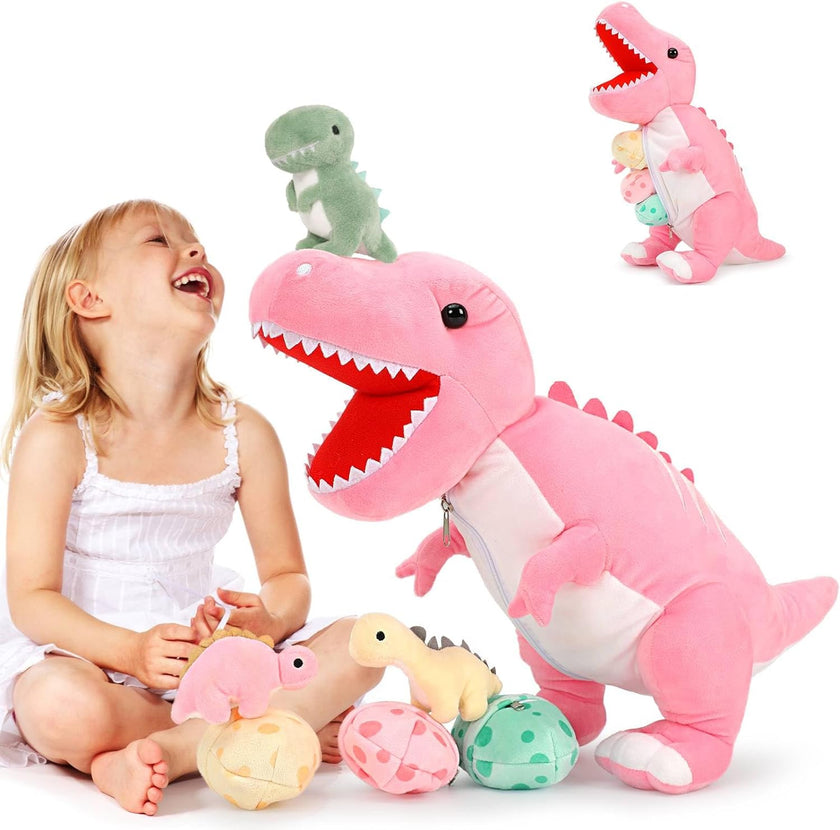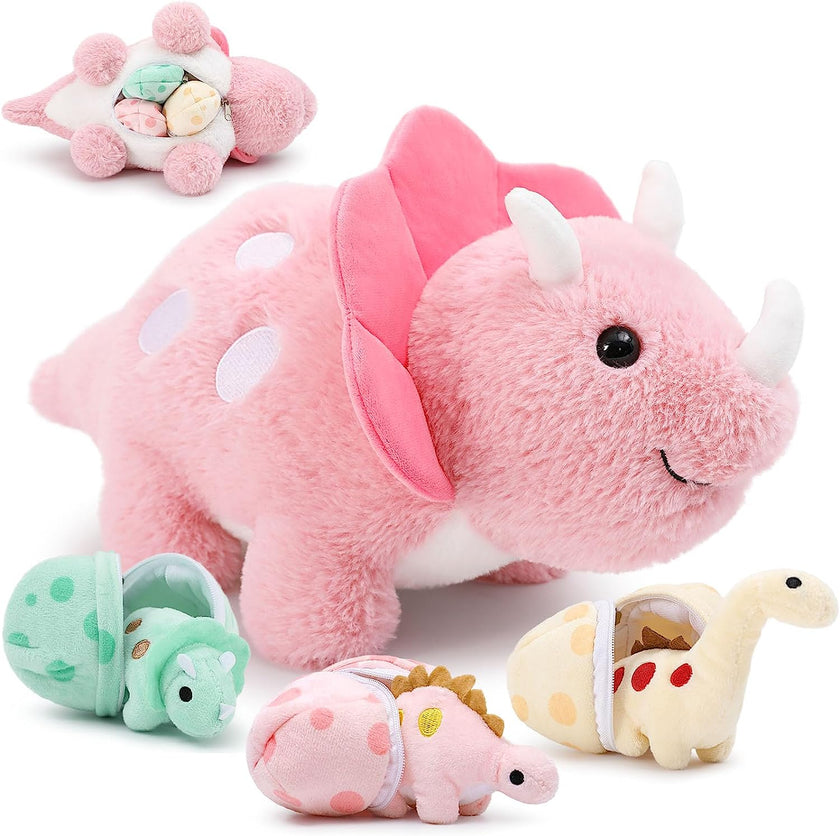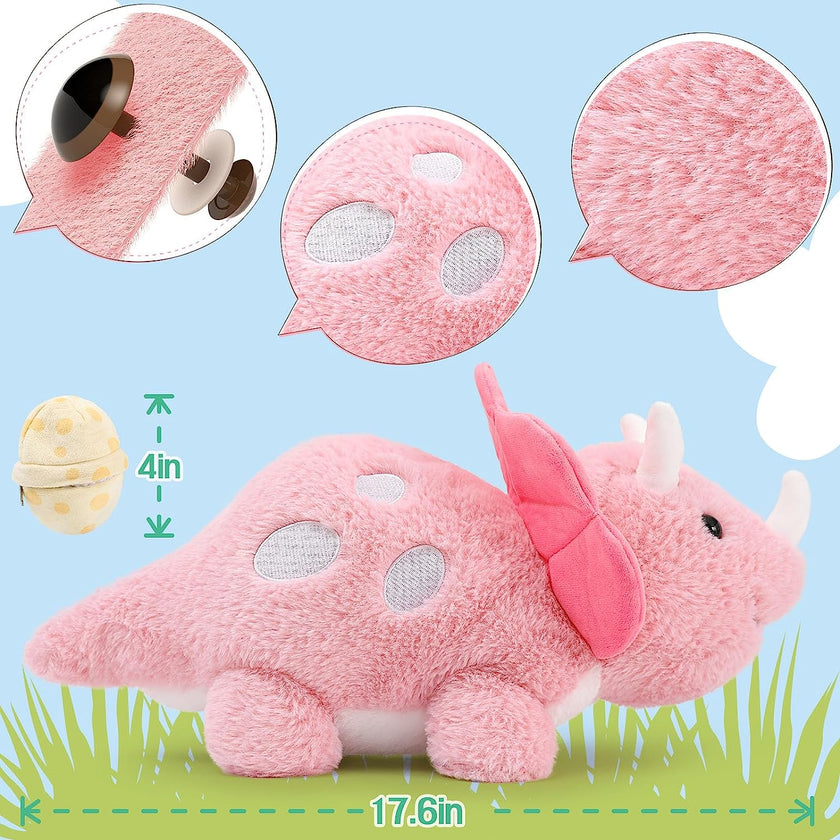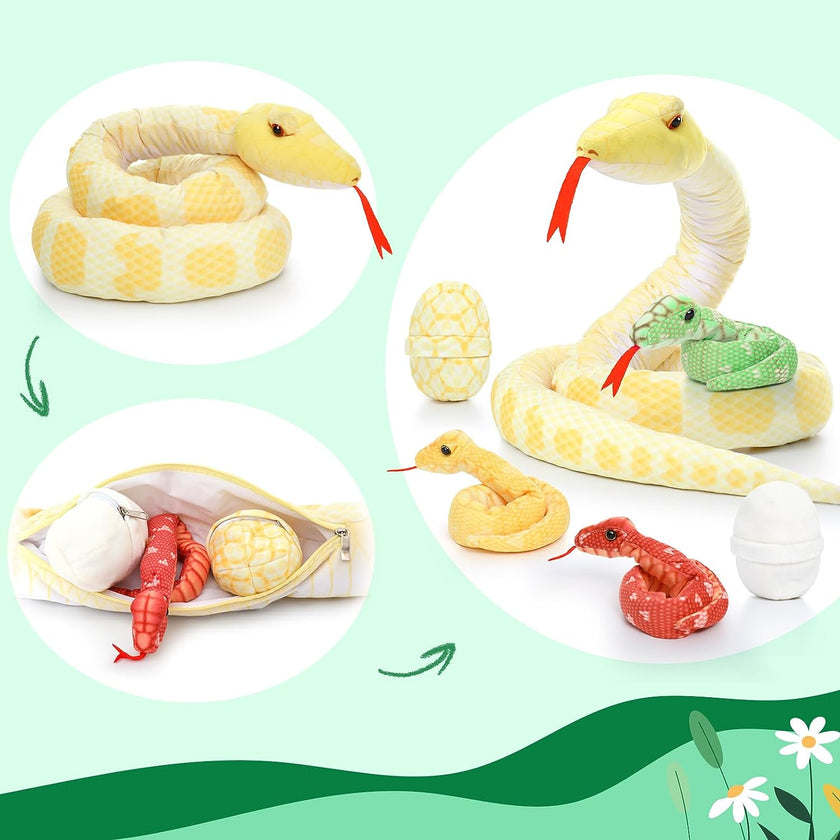In the age of minimalism, we're often told to "declutter your life" — to keep only what sparks joy, as Marie Kondo famously advised. And yet, for many of us, there's a soft, floppy contradiction sitting quietly in the corner of a bedroom or stored away in a closet: the stuffed animal.
Minimalism demands logic. But plush toys speak to something deeper — emotion, memory, and comfort. So, why is it so hard to let go of them?
The Emotional Imprint of Stuffed Animals
Stuffed animals aren't just objects. They’re companions of childhood, quiet witnesses to both tearful nights and joyful milestones. They are one of the first “friends” many of us ever had. As children, we name them, assign them personalities, and carry them through everything from family vacations to dentist appointments.
That level of emotional attachment doesn’t just fade with age. Even as adults, the sight of a stuffed bear with a worn ear or a bunny with one missing button eye can transport us instantly back to a time when we felt safe, imaginative, and free.
Letting go of a stuffed animal often feels like letting go of a piece of ourselves.
Minimalism Isn’t Cold—But It Can Feel That Way
Minimalism isn’t inherently about throwing everything away. At its core, it’s about keeping what is essential and meaningful. The problem is, the word “essential” is often interpreted through a practical lens — which plush animals don’t usually pass.
That’s where the conflict lies: stuffed animals aren’t useful, but they are meaningful. In a minimalist home, they may not serve a functional purpose, but they may serve a powerful emotional one.
So the guilt sets in. If you keep the plushies, are you clinging to clutter? If you toss them, are you erasing part of your emotional history?
Sentimental Clutter: A Form of Identity
The reason we keep certain stuffed animals — even when they’re old, worn out, or long-unused — has more to do with identity than convenience. That teddy bear your grandma gave you when you were 5 isn’t just "a bear." It’s the last physical gift she gave you. That bunny you hugged during a breakup? It became a silent therapist.
These items act as memory anchors. Removing them can feel like erasing proof of your past, or denying yourself a small but potent source of emotional reassurance.
You Don’t Have to Choose One or the Other
The tension between minimalism and sentimental value doesn’t have to be a battle. There’s a middle ground. You can curate your emotional keepsakes with intention. Maybe you don’t need to keep every plush you’ve ever owned, but you can choose the ones that carry the most significance.
Instead of tossing them in a box, you might proudly display one or two in your space — not as clutter, but as conversation pieces and emotional touchstones. Others might be gently donated, passed down, or stored in a memory chest.
Minimalism isn't about heartlessness. It's about living intentionally. And sometimes, that intention includes allowing for softness and nostalgia.
A Final Thought: Plush Toys for Today
If you’re in a stage of life where you’re ready to curate your collection or find something that still brings you joy, there are modern plush brands that combine aesthetic beauty, comfort, and quality. One standout is MorisMos — known for its oversized, ultra-soft stuffed animals that appeal to both kids and adults.
Whether you’re gifting a loved one, seeking a decorative piece, or simply looking for a new comfort companion, MorisMos plushies offer that perfect balance: they’re emotionally fulfilling and minimalism-friendly with their clean, cozy design.
Stuffed animals may not be practical, but they are powerful. And that power lies in the way they make us feel — safe, connected, remembered. Minimalism isn’t about denying that part of ourselves. It’s about choosing what we keep with purpose. And sometimes, a stuffed animal is more than just clutter — it’s a soft reminder of who we are and where we’ve been.

